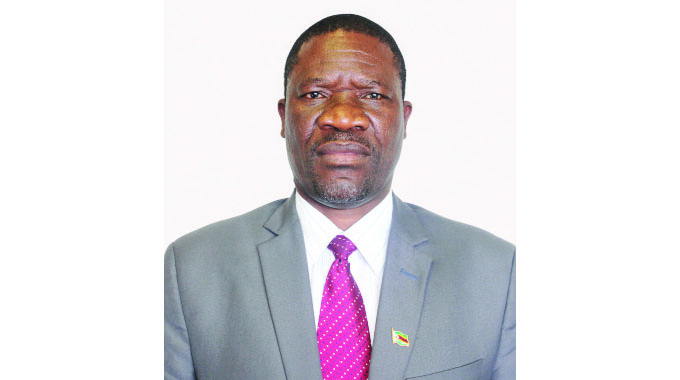Global economy on precarious footing amid high-interest rates – World Bank

Business Editor
THE World Bank (WB) Group has lamented the sharp slowdown in global economic growth and the intensifying risk of financial stress in emerging market and developing economies amid elevated global interest rates.
In an update based on its latest ‘Global Economic Prospects’ report, the WB has said global growth is projected to decelerate from 3,1 percent in 2022 to 2,1 percent in 2023.
In emerging market and developing economies (EMDEs) other than China, growth is set to slow to 2,9 percent this year from 4,1 percent last year, it said.
These forecasts reflect broad-based downgrades: growth projections for 70 percent of EMDEs and nearly all advanced economies have been downgraded, it further noted.
“The surest way to reduce poverty and spread prosperity is through employment—and slower growth makes job creation a lot harder,” said World Bank Group president, Mr Ajay Banga.
“It’s important to keep in mind that growth forecasts are not destiny. We have an opportunity to turn the tide, but it will take us all working together.”
According to the global financial institution, most EMDEs have seen only limited harm from the recent banking stress in advanced economies so far, but they are now sailing in dangerous waters.
With increasingly restrictive global credit conditions, one out of every four EMDEs has effectively lost access to international bond markets. The squeeze is especially acute for EMDEs with underlying vulnerabilities such as low creditworthiness, it noted.
Growth projections for such economies for 2023 are less than half those from a year ago, making them highly vulnerable to additional shocks.
“The world economy is in a precarious position,” said Indermit Gill, the World Bank’s chief economist and senior vice president.
“Outside of East and South Asia, it is a long way from the dynamism needed to eliminate poverty, counter climate change, and replenish human capital.
“In 2023, trade will grow at less than a third of its pace in the years before the pandemic. In emerging markets and developing economies, debt pressures are growing due to higher interest rates.
“Fiscal weaknesses have already tipped many low-income countries into debt distress. Meanwhile, the financing needs to achieve the sustainable development goals are far greater than even the most optimistic projections of private investment.”
The latest forecasts indicate that the overlapping shocks of the pandemic, the Russian invasion of Ukraine, and the sharp slowdown amid tight global financial conditions have dealt an enduring setback to development in EMDEs, and is likely to persist for the foreseeable future.
“Many developing economies are struggling to cope with weak growth, persistently high inflation, and record debt levels. Yet new hazards—such as the possibility of more widespread spillovers from renewed financial stress in advanced economies—could make matters even worse for them,” said Ayhan Kose, deputy chief economist of the World Bank Group.
“Policymakers in these economies should act promptly to prevent financial contagion and reduce near-term domestic vulnerabilities.”
In advanced economies, growth is similarly set to decelerate from 2,6 percent in 2022 to 0.7 percent this year and remain weak in 2024, the report says.
The report also offers an analysis of how increases in U.S. interest rates are affecting EMDEs. Most of the rise in two-year Treasury yields over the past year and a half has been driven by investor expectations of hawkish U.S. monetary policy to control inflation.
According to the report, this particular type of interest rate increase is associated with adverse financial effects in EMDEs, including a higher probability of financial crisis. Moreover, these effects are more pronounced in countries with greater economic vulnerabilities.
In particular, frontier markets—those with less developed financial markets and more limited access to international capital—tend to see outsized increases in borrowing costs; for instance, sovereign risk spreads in frontier markets tend to rise by more than three times as much as those in other EMDEs.












Comments